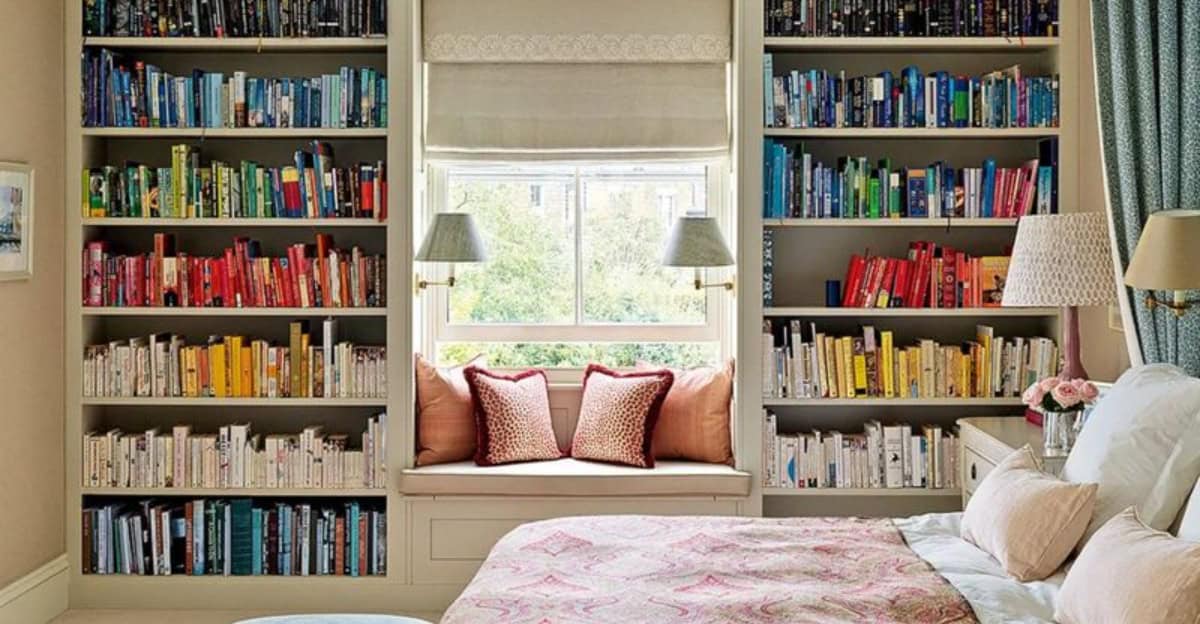In the world of interior design, personal choices often reflect more than just aesthetic preferences. They can subtly reveal aspects of our personality, including insecurities we might not even be aware of.
This article explores 10 design choices that might indicate underlying insecurities, offering insight into how our homes quietly mirror our inner thoughts and feelings.
1. Overly Coordinated Color Schemes
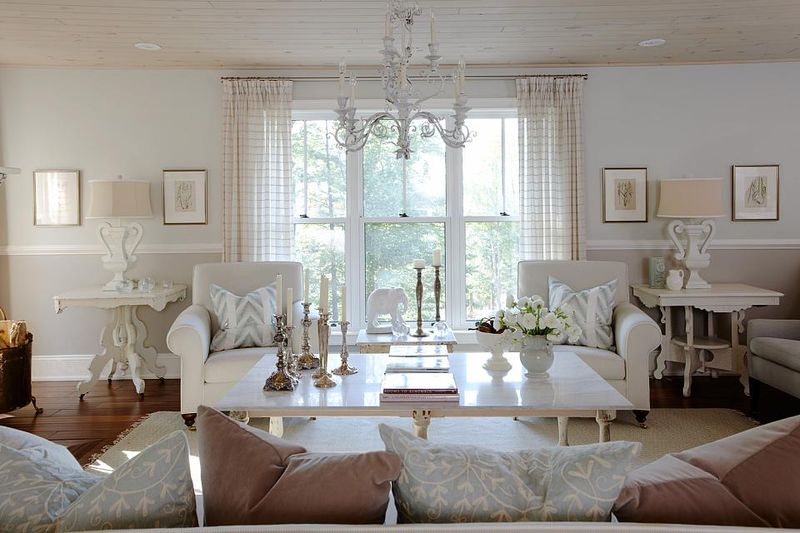
Matching every piece in your home with a single color scheme may feel safe, but it often reflects a fear of making bolder choices. It’s as if each piece is screaming to blend in rather than stand out.
While there’s beauty in harmony, over-coordination can suggest a lack of confidence in mixing and matching different styles. By sticking to one palette, you might subconsciously be avoiding attention.
Consider mixing in some shades or textures to add interest and break the monotony. A little contrast can actually enhance the cohesive feel.
2. Excessive Throw Pillows
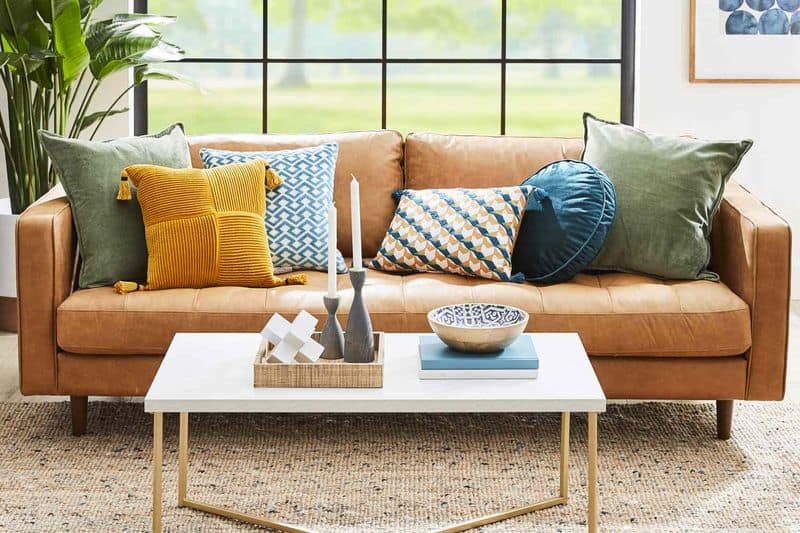
Throw pillows can be cozy, but when they take over your sofa, it might signal a need for comfort or an attempt to fill an emotional void.
This excessive layering can appear as an attempt to create a plush fortress around oneself, reflecting a desire for safety and warmth. Each pillow might feel like a buffer against the world.
To ease the pillow overload, try limiting them to a few favorites that add a splash of color or texture. It will keep the space inviting without overwhelming.
3. Immaculately Clean Spaces
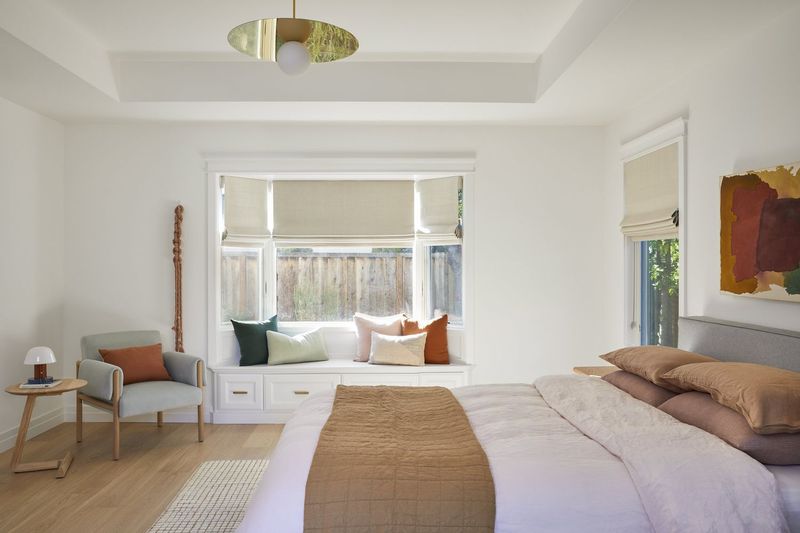
An immaculately clean space is often admired, but it can also hint at a strong need for control or perfection. The pristine appearance might be a facade to hide the chaos one fears inside.
While order can be calming, striving for perfection in decor can indicate anxiety about how others perceive your environment.
Accepting a little mess or personal touch can bring warmth and authenticity. It’s okay for your home to look lived-in and loved; it doesn’t have to be perfect all the time.
4. Monumental Furniture Pieces
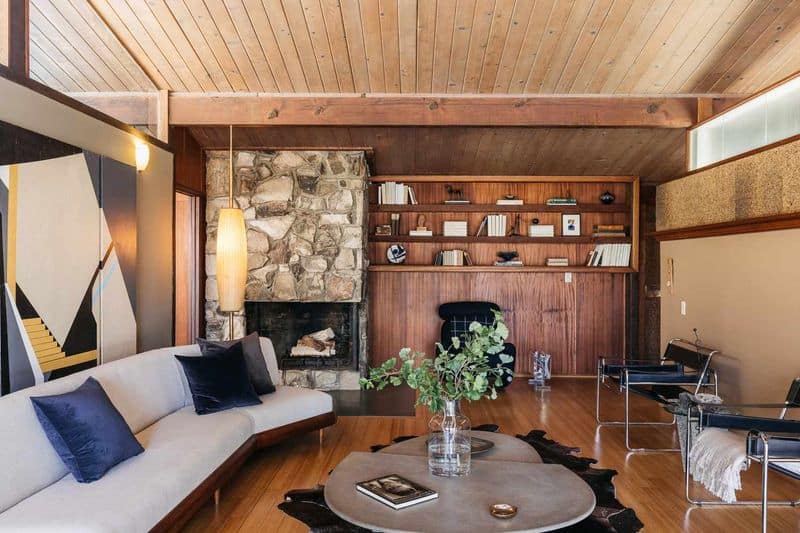
Huge furniture pieces in a small space may reflect a desire to make a big statement or compensate for perceived shortcomings.
It’s like shouting, “Look at me!” even if it means sacrificing comfort and space. These pieces can overshadow the room’s natural charm, leaving little breathing room.
Opt for furniture that fits the scale of your rooms. This choice can create a balanced and harmonious environment that truly showcases your personal style without overwhelming.
5. Bare Walls
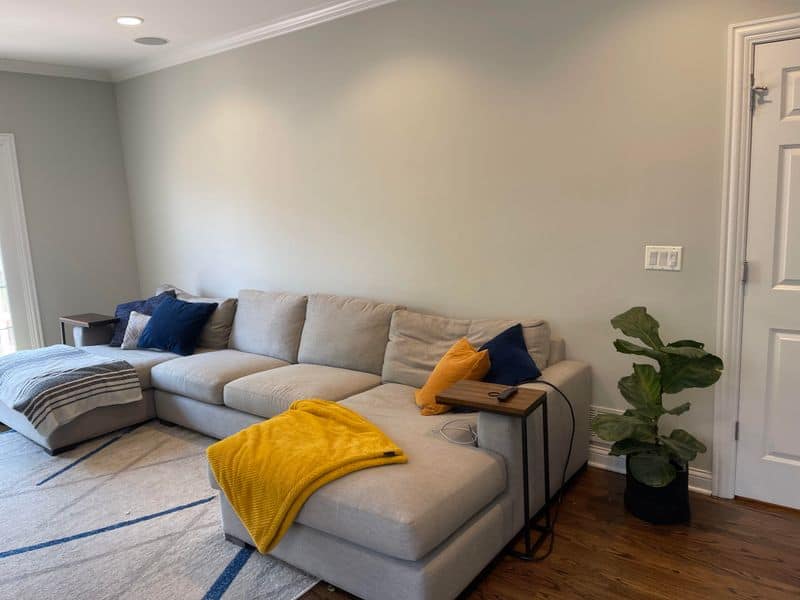
Bare walls can reflect a minimalist aesthetic, but they might also suggest a fear of making the wrong choice or revealing too much personality.
The emptiness can feel safe, acting as a blank canvas that hides indecision or a reluctance to commit to a particular style.
Filling your walls with art that speaks to you can transform a space, revealing your interests and stories. It doesn’t have to be perfect; it just needs to be you.
6. Obsessive Symmetry
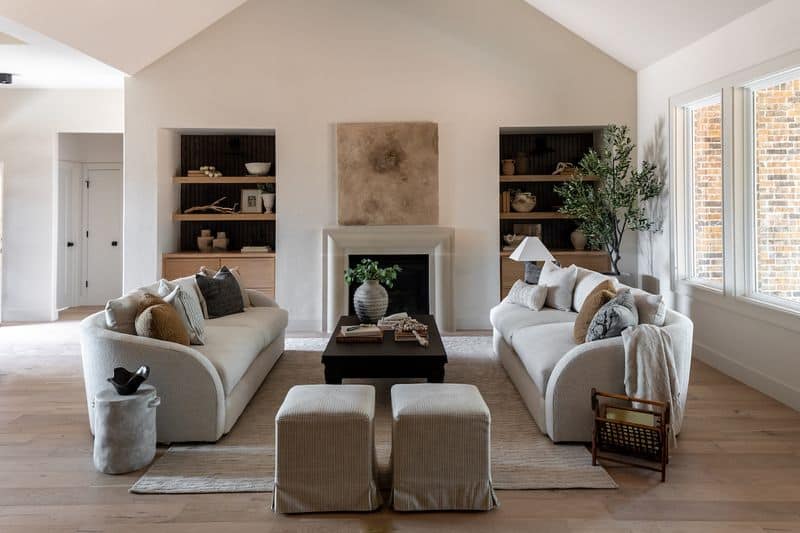
Obsessive symmetry can be pleasing, but it might signify a need for order and predictability in an unpredictable world.
The mirrored balance creates a sense of stability, but it can also feel restrictive, limiting creativity and spontaneity.
Embrace asymmetry by shifting furniture slightly or adding unique, mismatched pieces.
This adds personality and dynamic energy to your space, breaking free from the constraints of perfect balance.
7. Overcrowded Bookshelves
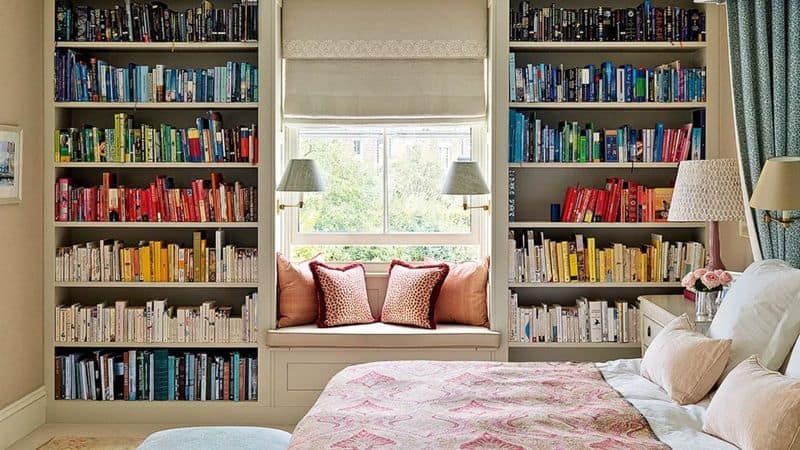
An overcrowded bookshelf may point to a love for knowledge, but it could also reflect an attempt to showcase intellect or sophistication.
The clutter can become overwhelming, hiding the gems within and revealing an insecurity about being perceived as less cultured or educated.
Curate your collection to highlight your favorite reads and treasures. By giving items space to breathe, you tell a more compelling story about your interests and passions.
8. Matching Furniture Sets
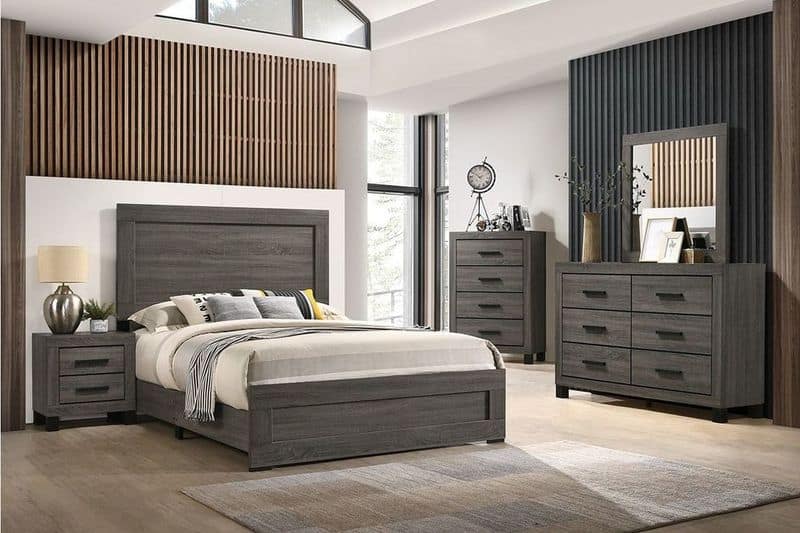
While matching furniture sets offer convenience, they can also signal a fear of taking risks. The uniformity might suggest an aversion to experimenting with styles and colors.
This approach, though tidy, can strip away individuality, leaving a space that feels more like a showroom than a home.
Mixing different pieces can infuse your space with character and charm. It invites a sense of adventure and self-expression, making your home uniquely yours.
9. Overuse of Mirrors
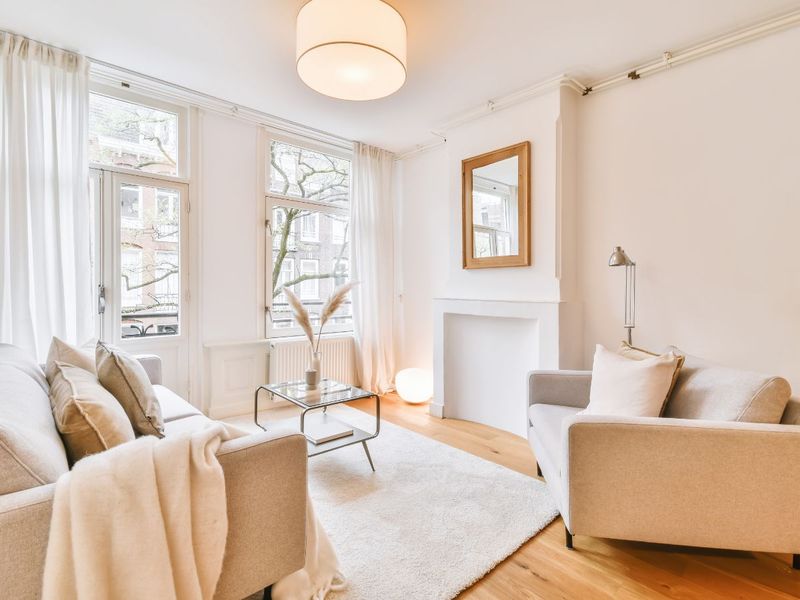
Mirrors can make a room feel larger, but an overuse might indicate a preoccupation with appearance. The constant reflections can feel like a way to keep tabs on oneself, hinting at an underlying insecurity.
Though mirrors are functional, their excessive use can feel disorienting, detracting from the room’s natural beauty.
Incorporate mirrors strategically to enhance light and space, but balance them with other decor that adds warmth and depth to your environment.
10. Neutral Overload
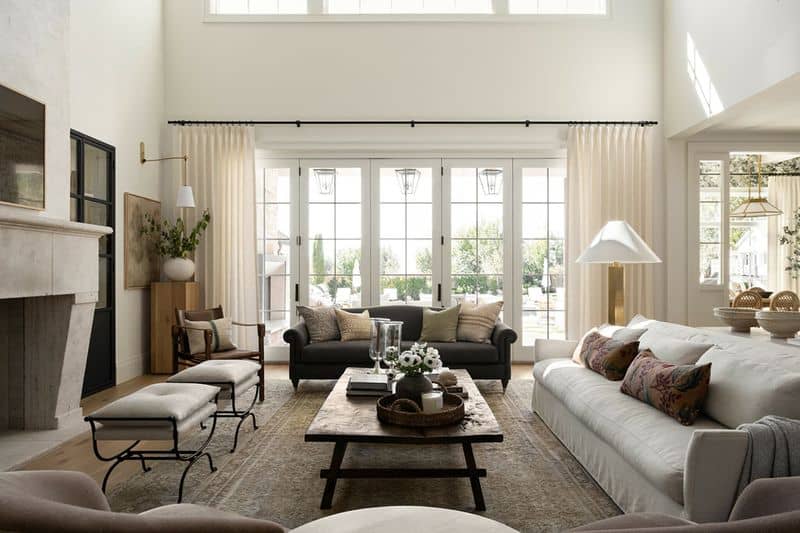
Neutral palettes are versatile, but an overload can suggest fear of mistakes or drawing attention. The safe choice might stem from a reluctance to express boldness or individuality.
While neutrals can be calming, they can also create a bland, uninspired space that lacks personal touch.
Introducing pops of color through accessories or art can invigorate your environment, reflecting confidence and creativity. Embrace the unexpected for a home that feels vibrant and alive.

